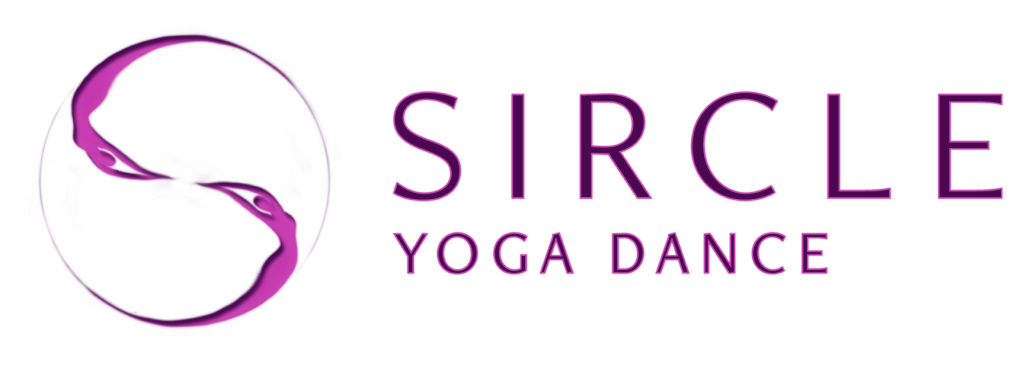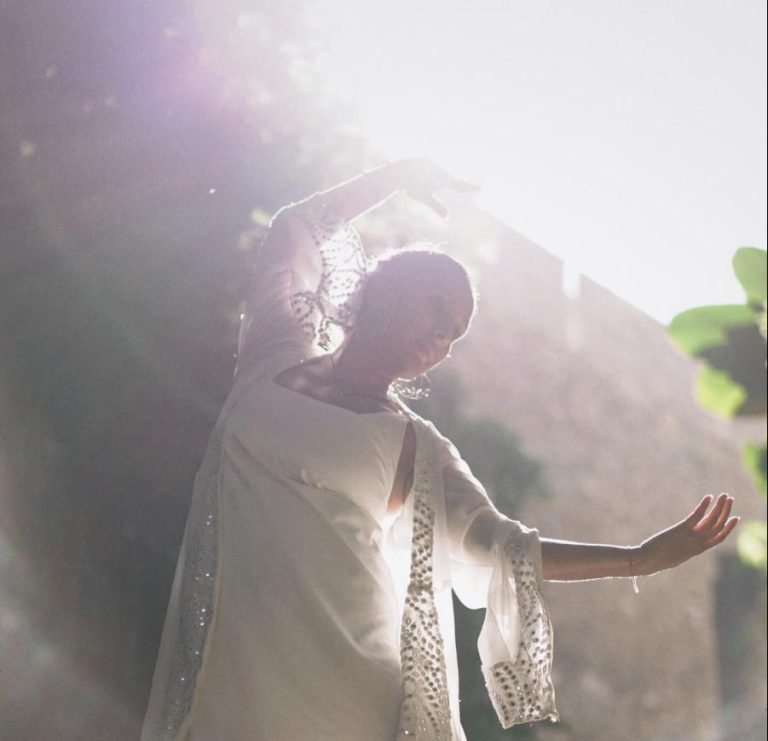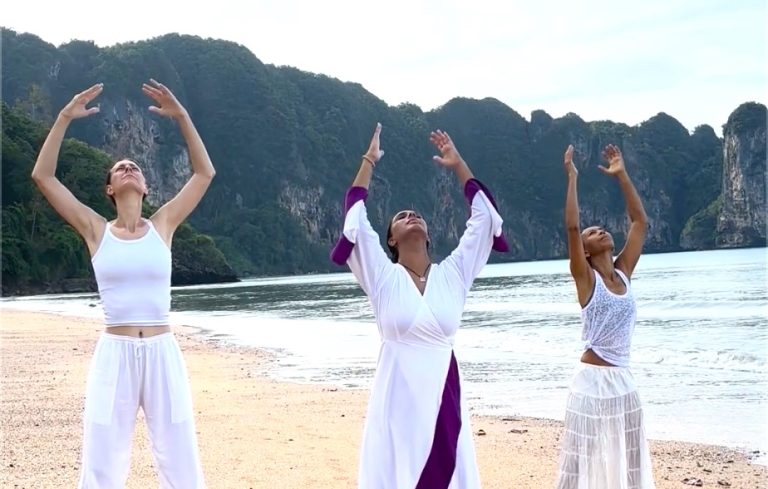Dance as the Highest Form of Yoga:
A Fusion of Body, Mind, and Spirit
For centuries, the pursuit of physical, mental, and spiritual well-being has been at the heart of various disciplines. Among these, yoga and dance stand out as powerful tools for holistic transformation. While often viewed as separate practices, a deeper understanding reveals their profound interconnectedness, with dance potentially emerging as the highest form of yoga.
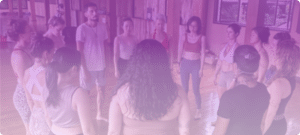
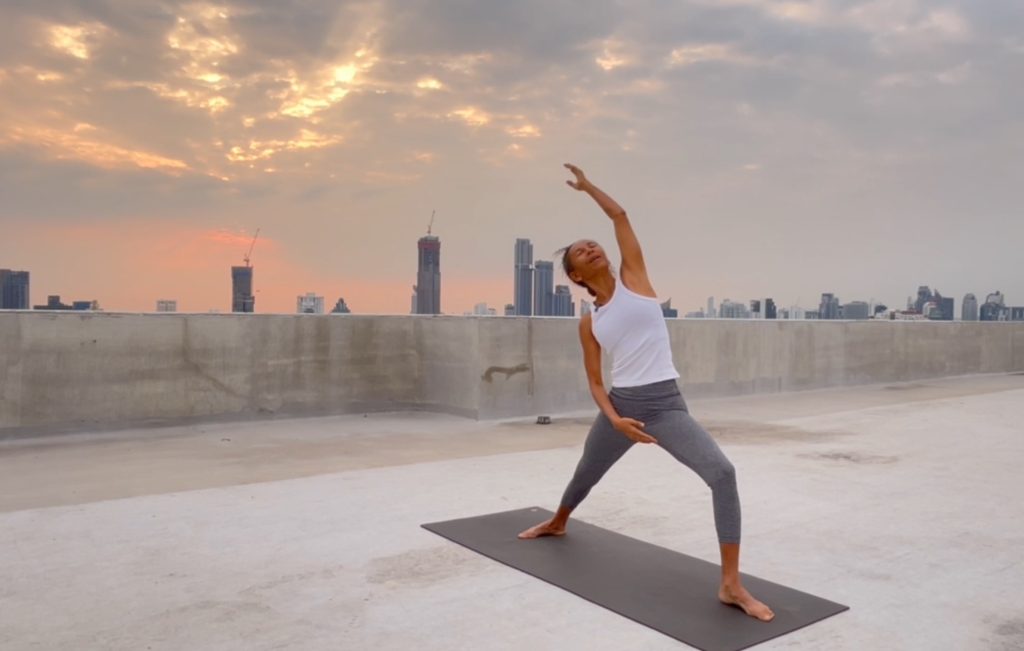
Yoga: The Foundation of Wholeness
Yoga, originating in ancient India, encompasses a multifaceted approach to well-being. Through asanas (physical postures), pranayama (breathwork), and meditation, yoga aims to cultivate strength, flexibility, mental clarity, and inner peace. The practice emphasizes self-discipline, mindfulness, and connection to a higher power.
Dance: A Universal Language of Expression
Dance, a universal language transcending spoken words, has existed since the dawn of civilization. It allows individuals to express emotions, tell stories, and connect with their inner selves and the world around them. Different dance forms, from classical ballet to contemporary improvisation, offer diverse avenues for physical movement, emotional release, and artistic exploration.
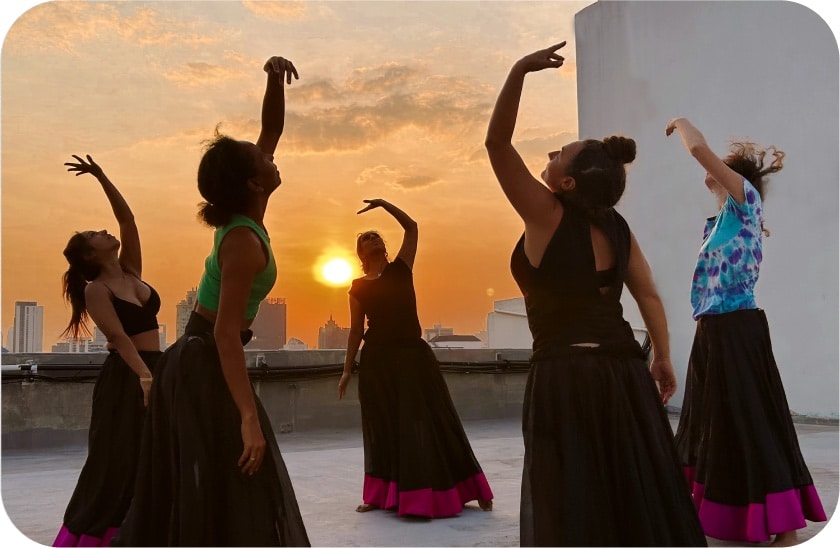
The Intertwined Threads: Where Yoga and Dance Meet
Both yoga and dance share several core principles, fostering a harmonious connection between the two practices. Here’s how they intertwine:
- Physical Awareness and Control: Both disciplines demand an acute awareness of one’s body, requiring precise movements and coordination. Asanas in yoga and intricate steps in dance challenge practitioners to hone their physical control and refine their understanding of their bodies’ capabilities.
- Breathwork and Rhythm: Pranayama, a cornerstone of yoga, emphasizes controlled breathing techniques to regulate energy flow and enhance focus. Similarly, dancers utilize rhythmic breathing patterns to synchronize their movements with the music and maintain proper oxygen intake during strenuous routines.
- Discipline and Dedication: Both yoga and dance necessitate dedication and consistent practice. Mastering asanas or perfecting dance sequences requires perseverance, self-discipline, and a willingness to push beyond limitations.
- Mindfulness and Emotional Release: Both practices cultivate a state of presence and awareness. Yoga emphasizes quieting the mind through meditation, while dance allows for emotional expression and release through movement. Both approaches ultimately lead to a deeper understanding of oneself and a sense of inner peace.
Nataraja: The Dancing Shiva as a Symbol of Wholeness
In Indian classical dance traditions, the image of Nataraja, the dancing Shiva, embodies the profound synergy between dance and spiritual realization. Shiva, the cosmic dancer, represents the continuous cycle of creation, preservation, and destruction within the universe. His dynamic dance symbolizes the rhythmic movement of energy that governs all existence. His dance is considered the highest form of Yoga.
Why dance could be considered the Highest form of Yoga
While both yoga and dance offer invaluable benefits, dance potentially transcends the realm of physical and mental well-being, venturing into the domain of spiritual expression. The reason for this is dance offers spontaneous creativity and emotional release. Unlike the structured postures of yoga, dance often allows for greater freedom and improvisation. This spontaneous expression can unlock deeper emotional layers and facilitate a more profound connection with one’s inner self.
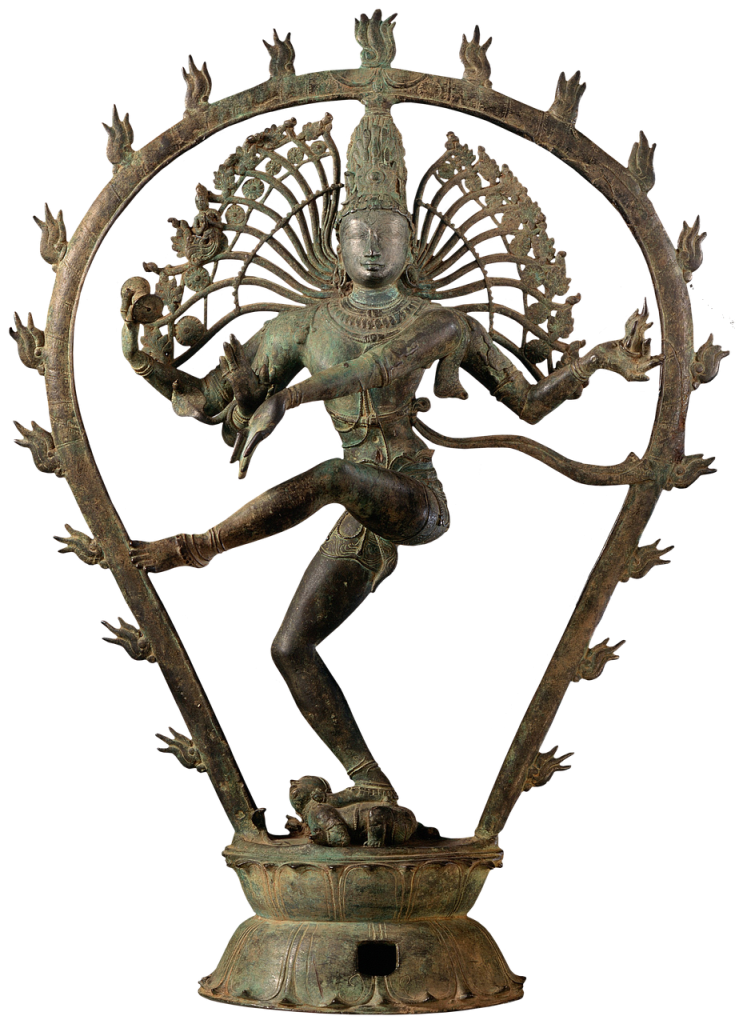
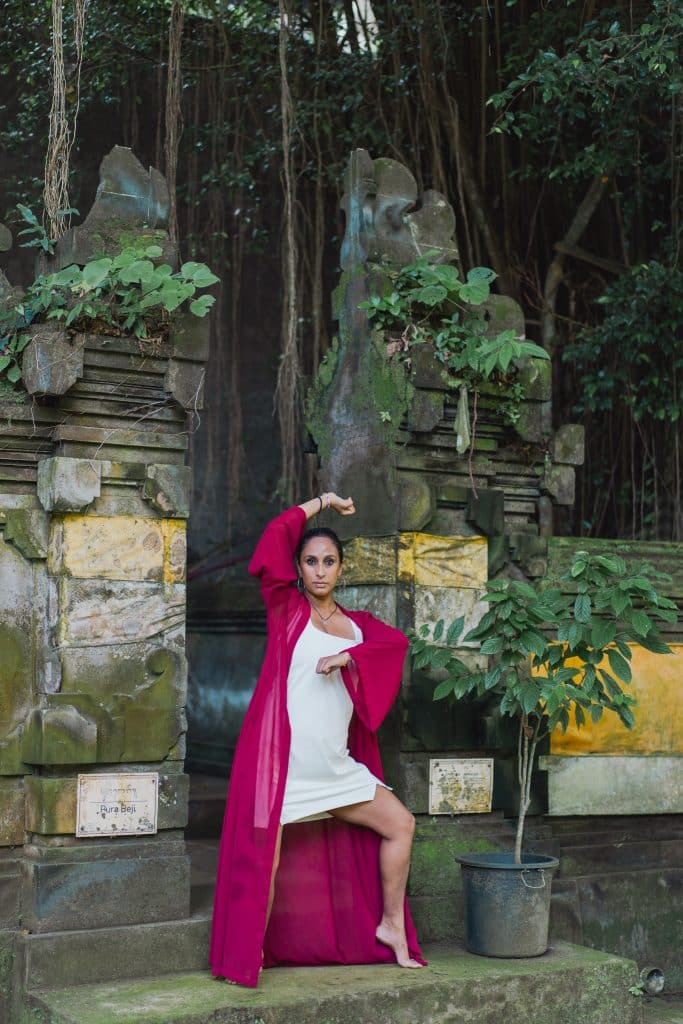
Additionally, dance has elements of storytelling and cultural significance. Many dance forms are deeply rooted in cultural traditions and historical narratives. Engaging in these dances allows individuals to connect with their heritage, understand their cultural identity, and participate in the collective storytelling process. And finally the most impactful element of dance is how it transcends duality. The rhythmic flow and complete immersion in the act of dancing can lead to a state of transcendence, where the dancer experiences a oneness with the music, the movement, and the surrounding environment. This state transcends the duality of self and other, fostering a sense of connection to the universal consciousness.
Conclusion: Embracing the Journey of Wholeness
Whether viewed as separate or intertwined practices, yoga and dance offer potent pathways to physical, mental, and spiritual well-being. While yoga provides a structured foundation for self-discovery, dance, with its potential for spontaneous expression, could be considered the culmination of this journey, leading to a state of unity and transcendence. Ultimately, both practices offer valuable tools for individuals seeking to connect with their bodies, minds, and spirits, paving the way for a life of holistic well-being and self-discovery.
